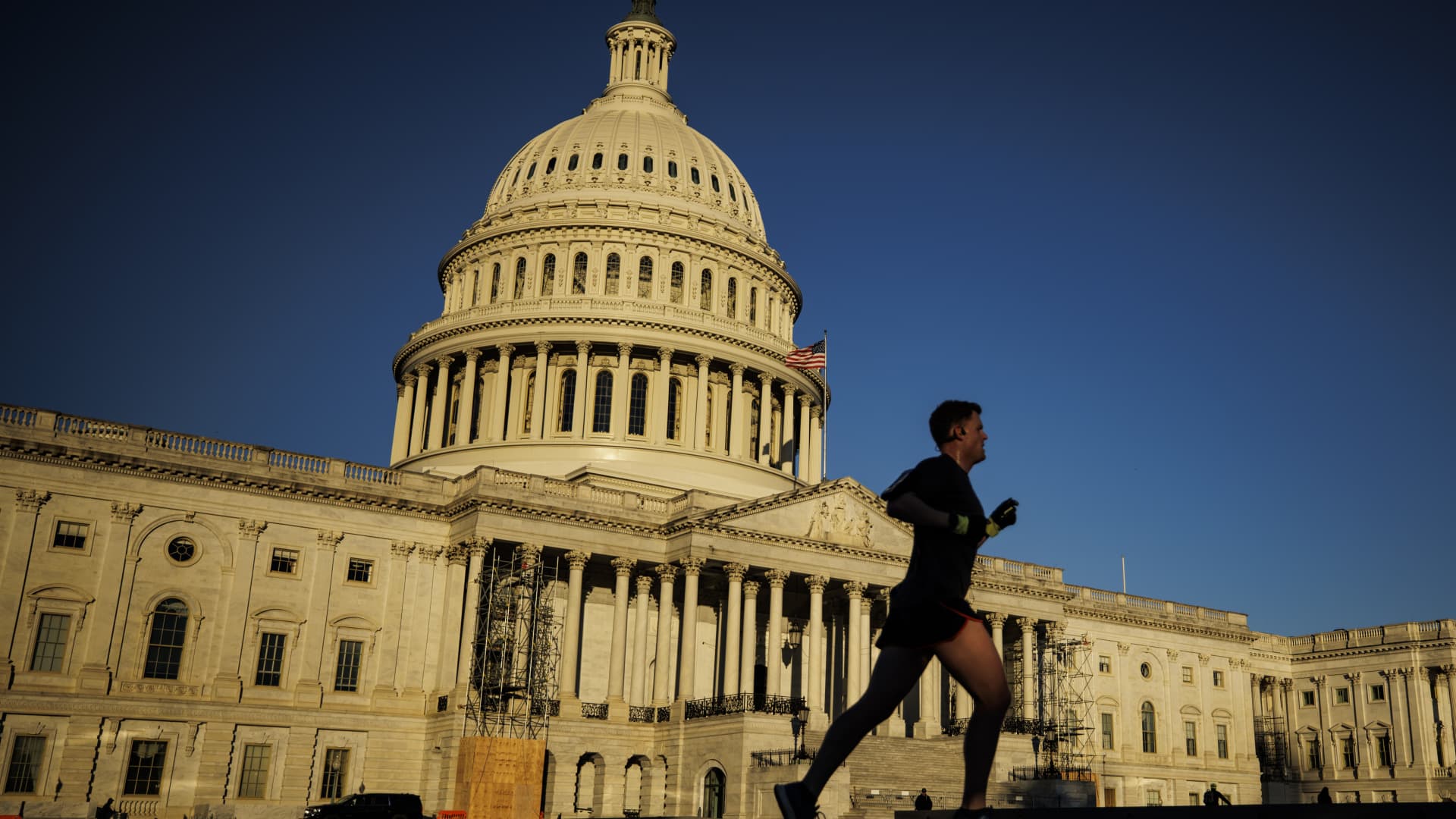Products You May Like
For supporters of congressional proposals to improve the U.S. retirement system, it’s about to be a nail-biting few weeks.
Lawmakers are heading back to Washington next week to finish out the so-called lame-duck session — the legislative period between the midterm elections and the new Congress, which starts Jan. 3. While no specific agenda has been released yet, supporters of the retirement-change proposals collectively called “Secure 2.0” are hopeful that it will be among the pieces of legislation that make it across the finish line.
“All signs are pointing to action being taken by Congress before they leave … but the exact date and time, nobody knows,” said Paul Richman, chief government and political affairs officer for the Insured Retirement Institute.
More from Personal Finance:
Buyers need six-figure income to afford ‘typical’ home
Credit card balances are 15% higher than a year ago
These are the top 10 most-regretted college majors
Secure 2.0 is intended to build on improvements to the retirement system that were ushered in by the 2019 Secure Act. Those changes included giving part-time workers better access to retirement benefits and increasing the age when required minimum distributions, or RMDs, from certain retirement accounts must start — to age 72 from 70½.
Some provisions supported in both House and Senate
This time around, some of the proposals that are supported in both the House and Senate include:
- Making it easier for workers to save and access emergency funds.
- Increasing access to the so-called saver’s tax credit, which is available to lower- and middle-income workers.
- Increasing the extra amounts — so-called catch-up contributions — that individuals age 50 or older can put in their retirement accounts.
- Requiring all catch-up amounts to be made as Roth (after-tax) contributions.
- Letting part-timers qualify for their company’s 401(k) after they’ve booked at least 500 hours a year for two years instead of three years.
- Making it easier for employers to make contributions to 401(k) plans on behalf of employees paying student loans instead of saving for retirement.
- Raising when RMDs must start to age 75 from the current age 72.
- Reducing the penalty for failing to take RMDs to 25%, and in some cases, 10%, from the current 50%.
- Allowing people to put more money in a qualified longevity annuity contract, or QLAC.
Differences between the House-passed bill and the Senate’s proposals would need to be worked out — a process that is underway, Richman said — before a final package could be considered.
This year, the House passed its version of Secure 2.0, the Securing a Strong Retirement Act (H.R.2954), in late March with a bipartisan vote of 414-5.
In the Senate, committees with jurisdiction over retirement-related provisions have approved proposals that collectively form the basis of that chamber’s Secure 2.0 version: The Health, Education, Labor and Pensions Committee advanced the so-called Rise & Shine Act (S.4353) in June, and the Finance Committee approved a bill in September known as the EARN Act (S.4808).
Secure 2.0 could be attached to a must-pass bill
Assuming that Secure 2.0 wouldn’t get floor time for a vote on its own, supporters are hoping legislators will attach it to a must-pass bill this year. That could include a bill to fund the government.
In September, Congress passed a stopgap measure to fund the government’s 2023 fiscal year, which started Oct. 1, through Dec. 16. Lawmakers would need to either pass a spending bill for the rest of the fiscal year or pass another short-term stopgap measure — or risk a government shutdown.
The original 2019 Secure Act was finalized in December of that year as part of a spending bill.
There could be other bills that also would be appropriate for Secure 2.0 to be attached to, such as the National Defense Authorization Act, Richman said.
If this round of proposed changes doesn’t make it into law this year, the entire legislative process would need to start over in the next Congress.
“Nobody wants to see that,” Richman said. “You have to get bills reintroduced, go through committees again, get it to the floor to vote — it’s a very long process.”
